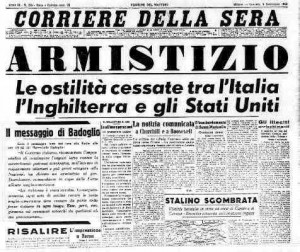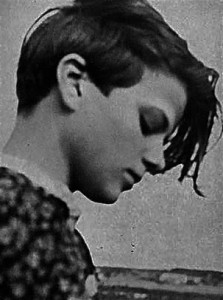The 14 September 1927, at the age of 40, died the famous American dancer Isadora Duncan.
Daughter of European parents, He was born in California on 27 may 1877. He lived most of his life in Europe, specifically in France, between Paris and nice. He had a very busy personal life, made of stormy relationships and bereavement very important, as for his children drowned in the Seine in 1913.
A pioneer of the "free dance", his art did not involve any constraints dictated by Pointe Shoes or bulky clothes: Isadora prefered a more sober style and natural, like the dance in bare feet and simple and light clothing.
Isadora was an artist who had the courage to break with the conventions then in vogue and dictated by academic ballet: movement inspired much to classical Greek art, However, in a sort of natural perfection.
The Duncan died tragically in 1927: the scarf she was wearing remained entangled in a wheel of the racecar that was climbing, reason why she died strangled.
About this fact, the writer Gertrude Stein said: "Certain mannerisms can be dangerous".
//
On September 14th, 1927, at 40 years old, the famous US dancer Isadora Duncan was dying.
Daughter of European parents, She was born in California on May 27, 1877. He lived most of her life in Europe, especially in France, between Paris and Nice. Her life was very extreme, made of stormy relationships and also deaths very important, like the one for her children drowned in the Seine in 1913.
A pioneer of the “free dance”, her art did not provide constraints dictated by pointe shoes or bulky clothes: Isadora preferred a more sober and natural style, such as dancing barefoot and clothing simple and light.
Isadora was an artist who had the courage to break with the conventions in vogue and dictated by the academic ballet: the movements were inspired by the classical Greek art, like a search of perfection however natural.
Duncan died tragically in 1927: the scarf she was wearing got caught in a wheel of the racing car on which she was going, reason why the woman died strangled.
About this fact, the writer Gertrude Stein said, ” Affectation can be dangerous”.
Maria




